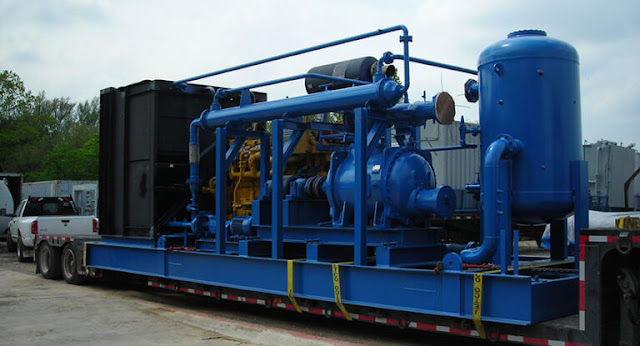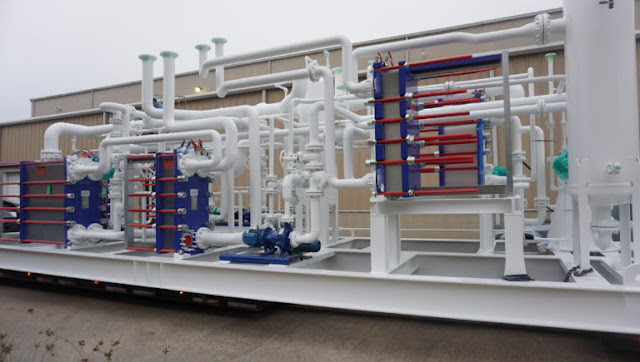Natural Gas Separation: How Does It Work?
Natural gas is also known as the gas meant for us (consumers) Natural gas, also known as the gas meant for us (consumers), is an essential element without which humanity won’t exist. You’d be surprised to know that it’s different from the natural gas we get from underground. Though natural gas separation is nowhere near complicated as crude oil refining, it is quite important has to be done before it is supplied to us.
The gas that we use is entirely dominated by methane. Besides that, the gas found at the wellhead is not so pure either. We get natural gas from three major types: gas wells, oil wells, and condensate wells.
- The gas that we get from oil wells is termed as associated gas. It can exist without the oil (free gas) or dissolved in crude oil (dissolved gas).
- Both Gas and condensate wells are known to be producing raw natural gas that has little or no crude oil, which is termed as “non associated gas.”
- Gas wells on their own produce free natural gas, while condensate wells, on the other hand, produce free natural gas but with a bit of semi-liquid hydrocarbon.
The Process of Natural Gas Separation
There are mainly three through which the gas is purified, and we took the liberty to enlist them.
- Oil and condensate removal
Low-Temperature Separators (LTX) are used especially for wells producing high-pressure gas with light crude oil or condensate. These separators use high pressure to cool off the wet natural gas and separate the oil and condensate.
- Water removal
The dehydration method is used to remove water from natural gas. It often usually involves one of two processes: either absorption or adsorption. While absorption occurs when a dehydrating agent takes out the water vapor, adsorption, on the other hand, occurs when the water vapor is condensed and formed on the surface. Refrigeration evaporators are also being used to cool off the air for better and fast results.
- Glycol dehydration
It involves the procedure of decreasing the amount of methane and other compounds. Flash tank separator-condensers are used to remove these compounds before the glycol solution reaches the boiler. There’s another flash tank separator that reduces the pressure of the glycol solution stream.
In the End
Natural gas separation is pretty straightforward as it is all about separating various hydrocarbons and fluids from natural gas. The motive is to produce pipeline-quality dry natural gas. Since the gas to travel through pipelines, it is recommended to purify it before the supply.



Comments
Post a Comment